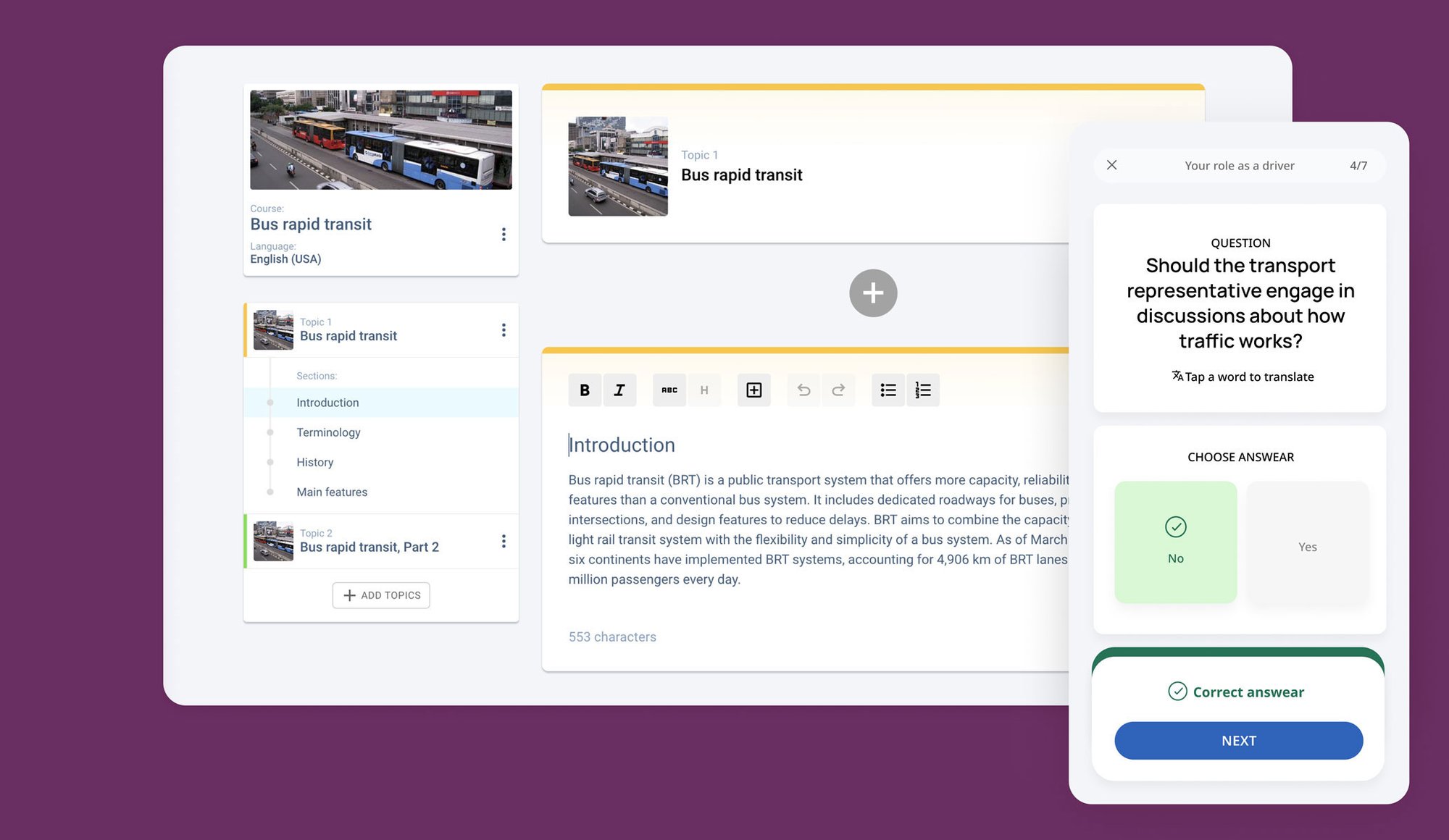10 strategies for reducing onboarding costs
Reducing onboarding costs benefits the bottom line and improves the experience for new employees. By streamlining the onboarding process, companies can ensure a smooth transition while controlling expenses. Here are some strategies to consider:
1. Streamline administrative tasks
One way to minimise onboarding costs is by automating administrative tasks. Utilise HR software or online platforms for employee documentation, payroll setup, and benefits enrollment. This eliminates the need for manual paperwork and saves both time and money.
Streamlining administrative tasks is a crucial step in minimising onboarding costs. Companies can save time and resources by automating employee documentation, payroll setup, and benefits enrollment. This allows HR teams to focus on more strategic initiatives, ultimately improving the overall onboarding experience for new employees.
2. Leverage in-house training resources
Look within your organisation for subject matter experts who can provide training to new employees. Utilising in-house resources reduces the need for external trainers and associated costs. Additionally, internal trainers may better understand the company's unique processes and culture.
Leveraging in-house training resources is another effective way to reduce costs. By tapping into the knowledge and expertise of existing employees, companies can provide tailored training that aligns with their unique processes and culture. This not only eliminates the need for external trainers but also fosters a sense of camaraderie and collaboration among team members.
3. Implement a buddy system
Assigning a buddy or mentor to each new employee can greatly enhance their onboarding experience. This provides an opportunity for on-the-job training and support, reducing the need for formal training programs. It also promotes a sense of belonging and accelerates the integration process.
Implementing a buddy system can significantly enhance the onboarding experience for new employees. Companies provide an invaluable support system beyond formal training programs by pairing them with a mentor or buddy. This personal connection accelerates the integration process and helps new employees feel more confident and engaged from day one.
4. Use a cost-effective online training platform
Deliver basic training modules using affordable online training platforms. This reduces training costs and provides employees with a self-paced learning experience. Many online platforms offer a wide range of courses that can be tailored to specific job roles. If you have a large pool of deskless workers, consider a mobile-based training platform.
5. Optimise the onboarding schedule
Evaluate the onboarding schedule to ensure a balance between productivity and training. Consider staggering training sessions to avoid overwhelming new employees with too much information at once. By optimising the schedule, you can minimise downtime and maximise learning opportunities.
6. Focus on role-specific training
Avoid generic training that may not directly apply to the new employee's role. Instead, concentrate on providing targeted training that aligns with their job responsibilities. This ensures that the training is more relevant and reduces unnecessary costs.
7. Create reusable onboarding materials
Develop standardised onboarding materials that can be reused for future hires. This includes employee handbooks, training manuals, and orientation videos. Creating reusable resources saves time and money when developing materials for each new employee.
8. Evaluate and adjust the process regularly
Continuously review and refine your onboarding process to identify areas for improvement. Solicit feedback from new employees to gain insights into their experience and any potential inefficiencies. By making regular adjustments, you can optimise the process and minimise unnecessary expenses.
9. Encourage peer learning and collaboration
Promote a culture of peer learning and collaboration within your organisation. Encourage existing employees to share their knowledge and expertise with new hires. This fosters a supportive environment and reduces the need for external training resources.
10. Utilise feedback for continuous improvement
Regularly seek feedback from new employees and managers involved in onboarding. Learn from their experiences and identify areas where improvements can be made. Feedback provides valuable insights for continuous improvement and cost reduction.




